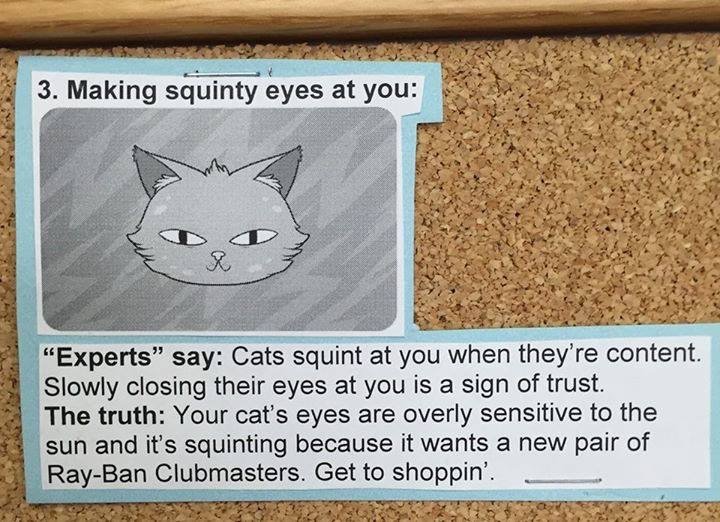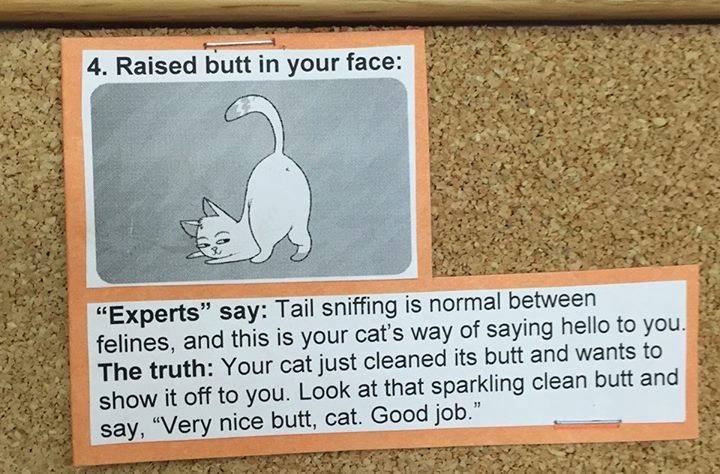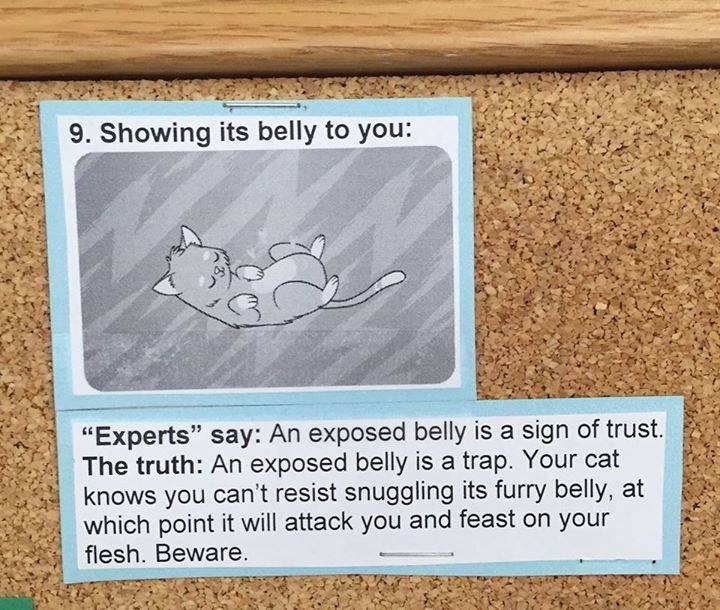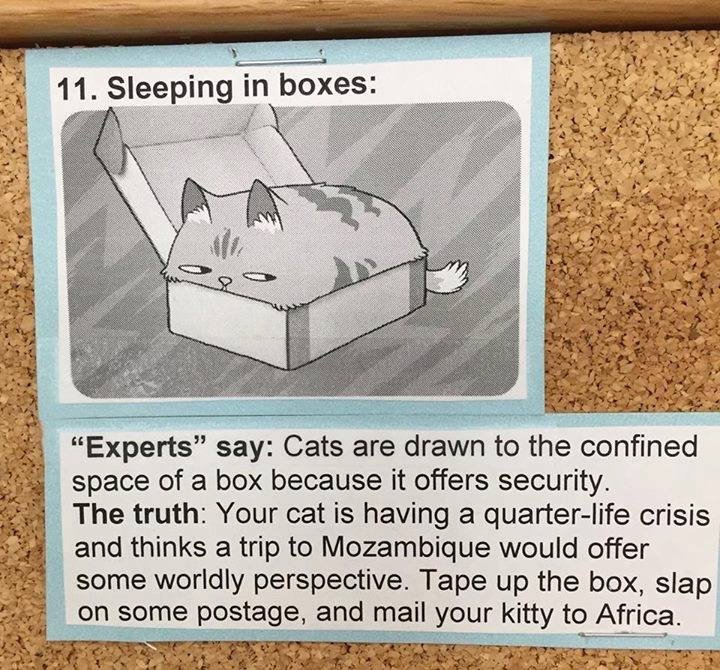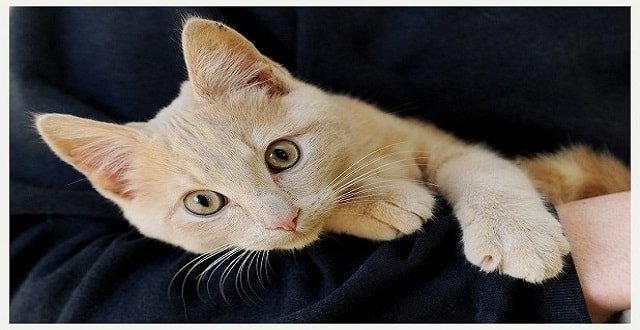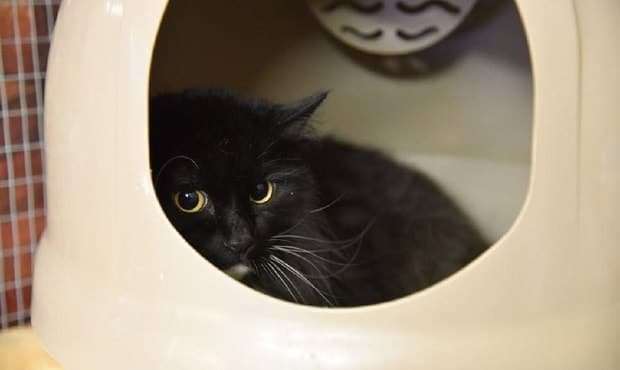Cats are fascinating creatures with a wide array of peculiar habits and quirks. As a cat owner, you’ve probably wondered why your feline friend behaves the way they do. While some behaviors may seem strange or even worrisome, they’re often just part of the quirky nature of cats. In this article, we’ll unravel the true meanings behind 12 very common cat quirks.
The Enigmatic Chatter: What’s with the Teeth-Chattering?
Ever heard your cat make a peculiar chattering sound, especially when watching birds outside the window? This odd behavior is thought to be related to their hunting instincts. The chattering could be an expression of excitement or frustration at not being able to catch the prey they are watching.
The Belly Flash: A Show of Trust or a Trap?
When your cat rolls over and shows you its belly, it could mean two things. It’s either a sign of complete trust, or it’s a trap baiting you to touch the belly—only for your cat to swiftly clamp down on your hand. Interpret with caution!
The Midnight Sprint: Why the Nighttime Zoomies?
Cats are crepuscular, which means they’re most active during dawn and dusk. The sudden burst of energy you witness in the middle of the night, commonly called the “zoomies,” is entirely natural and a way for cats to expend their stored-up energy.
Purring Galore: Contentment or Something Else?
While purring is often a sign of contentment, it’s not always the case. Cats also purr when they’re in pain, anxious, or unwell as a self-soothing mechanism. It’s essential to understand the context in which the purring occurs to interpret it accurately.
The Head-Butt: A Feline Salute of Affection
When your cat head-butts you, it’s a gesture of affection and a way of marking you as their territory by transferring facial pheromones onto you. It’s a high compliment in the feline world.
Why the Kneading?
Kneading is a comforting action that cats carry with them from kittenhood. The kneading on your lap or on a soft surface is reminiscent of the kneading they did as kittens to stimulate their mother’s milk flow.
The Bathroom Buddy: An Escort Service?
Your cat following you into the bathroom may seem perplexing but is likely a sign of affection and trust. Cats feel vulnerable when they go to the bathroom, so they assume you must feel the same and want to offer protection.
Unyielding Stares: What Are They Thinking?
A prolonged stare from your cat can mean various things—curiosity, concentration, or even a form of communication. In contrast, slow blinking is usually a sign that your cat feels safe and trusts you.
Bringing Gifts: The Unwanted Presents
When your outdoor cat brings you a “gift,” it’s not a sign of malice. This behavior could be your cat’s way of teaching you to fend for yourself, much like a mother cat teaches her kittens.
Tail Language: The Emotional Barometer
A cat’s tail can tell you a lot about their emotional state. A raised tail generally indicates a happy, confident cat, while a low tail could signify insecurity or submission.
Scratching Away: More Than Just Sharpening Claws
Scratching serves multiple purposes: it helps cats stretch their muscles, mark their territory, and even serves as a form of emotional release.
Loafing Around: The Cat Loaf Position
When your cat sits in the ‘loaf’ position, with paws tucked underneath and tail wrapped around the body, it usually means they are comfortable but still alert to their surroundings.
Conclusion: Embracing the Quirks
Understanding the significance behind these 12 common cat quirks can make your life as a cat owner more fulfilling and less perplexing. While cats will always retain an air of mystery, decoding these behaviors helps us appreciate the depth and complexity of our feline friends.



